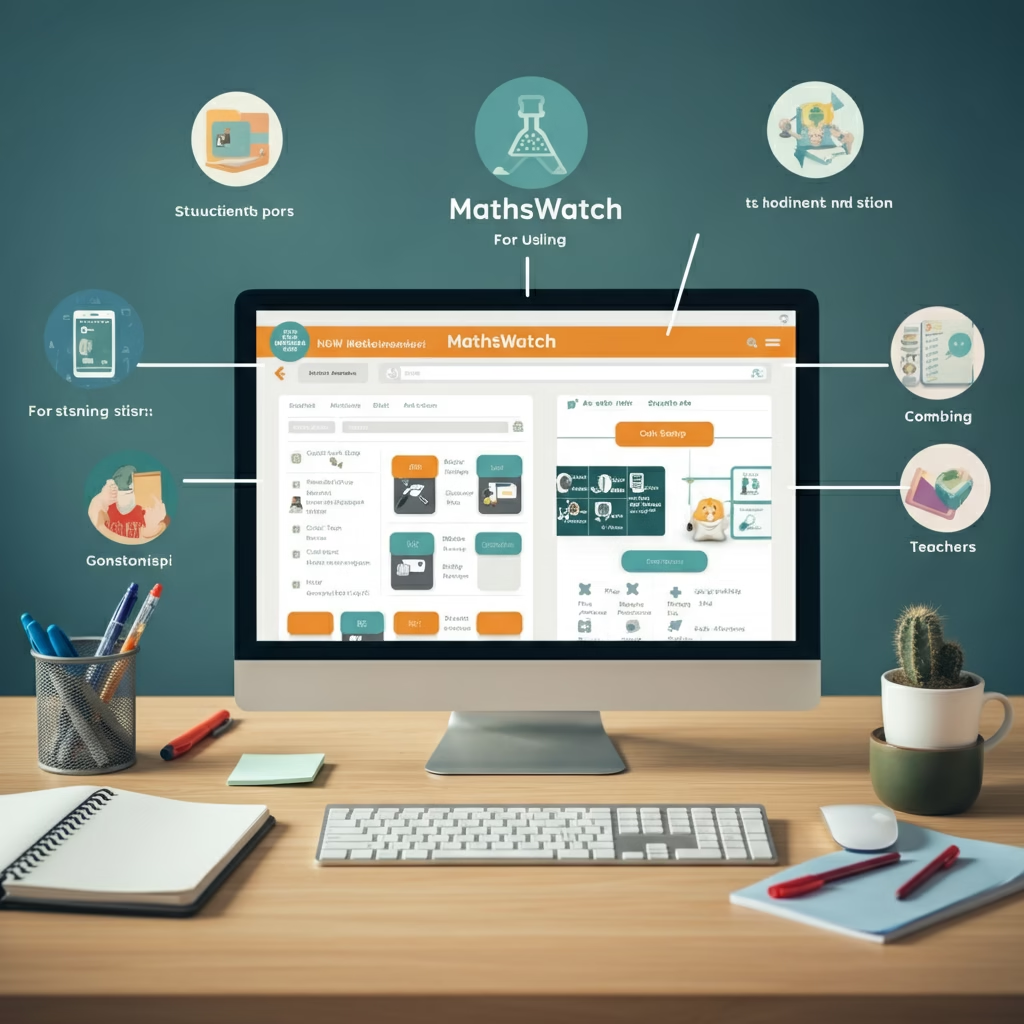In a world increasingly driven by technological transformation, certain innovations emerge quietly yet bring profound changes. One such innovation is CÑIMS, a term that has started gaining traction in select business and tech circles. While not widely known, CÑIMS (pronounced “C-nims”) is quietly initiating a revolution in how enterprises interact with data, optimize operations, and integrate cross-functional intelligence. This article takes a deep dive into what CÑIMS is, its core mechanisms, its real-world impact, and why it may very well shape the next decade of enterprise and tech evolution.
What is CÑIMS?
CÑIMS stands for Cognitive Ñetworked Intelligence Management System—a hybrid framework that combines AI, blockchain, neural networks, and quantum-inspired logic to create a dynamic ecosystem for managing, analyzing, and executing high-level operations in business and technology domains. Unlike traditional enterprise resource planning (ERP) or customer relationship management (CRM) systems, CÑIMS is adaptive, predictive, and self-optimizing.
Its architecture is built to mirror the human cognitive process, yet scales it with the brute computational force of next-gen processors. At its core, CÑIMS does not just store data—it learns from it, contextualizes it, and acts upon it autonomously where appropriate.
The Foundations of CÑIMS Technology
CÑIMS rests on five foundational pillars:
-
Cognitive AI – The system uses deep learning models that mimic cognitive reasoning, enabling it to make nuanced decisions with minimal human input.
-
Ñetworked Intelligence – The “Ñ” in CÑIMS isn’t just a stylistic choice—it represents an enhanced form of decentralized networking where nodes are intelligent, self-governing, and capable of predictive analytics.
-
Quantum-Inspired Processing – While not full-scale quantum computing, CÑIMS uses algorithms inspired by quantum logic to solve complex optimization problems in milliseconds.
-
Integrated Blockchain Protocols – Ensuring transparency, immutability, and traceability across processes, especially in supply chain, finance, and data governance.
-
Real-Time Feedback Loops – This enables constant learning and adaptation based on live inputs, environmental changes, and system performance metrics.
How CÑIMS Is Changing Business
Businesses adopting CÑIMS frameworks are experiencing seismic shifts in operational capabilities. Here’s how:
1. End-to-End Automation with Intelligence
Unlike typical automation, which focuses on repetitive tasks, CÑIMS introduces intelligent automation. For example, a retail company using CÑIMS can predict inventory shortages weeks ahead, automatically adjust supplier contracts, reroute logistics, and even preempt customer dissatisfaction—without any human prompt.
2. Strategic Decision Support
CÑIMS isn’t just a back-office tool. Executives use its dashboards to simulate outcomes of strategic choices in real-time. Thinking about launching a new product in South America? CÑIMS analyzes economic trends, consumer behavior, political stability, and competitor movements—then offers actionable forecasts with risk scores.
3. Hyper-Personalized Customer Experiences
One hallmark feature of CÑIMS is its customer sentiment engine. Using NLP (Natural Language Processing) and behavioral analytics, it crafts individualized marketing, support, and sales experiences. Businesses report up to 40% increase in customer retention within the first 6 months of implementation.
4. Sustainability Optimization
CÑIMS isn’t just about profit—its impact extends to environmental sustainability. For instance, in manufacturing, it optimizes energy consumption, minimizes waste, and even suggests greener alternatives in the procurement process.
Applications Across Industries
Let’s examine how CÑIMS is reshaping various sectors:
Healthcare
Hospitals using CÑIMS have noted improved patient outcomes by up to 30%. It assists in diagnostics, resource allocation, and even pre-op planning. By analyzing data from wearable devices, it alerts doctors in advance about potential emergencies.
Finance
CÑIMS redefines risk management. It continuously scans geopolitical developments, financial markets, and even social media trends to identify threats or opportunities. Banks use it to detect fraud in real-time, assess loan eligibility instantly, and create tailor-made investment portfolios.
Manufacturing
Smart factories powered by CÑIMS use predictive maintenance to avoid equipment failure. Production lines are optimized based on real-time demand, reducing overproduction and underutilization.
Education
Institutions apply CÑIMS to personalize curricula for each student. It evaluates learning patterns and dynamically adjusts content delivery. It also supports educators by providing deep insights into student engagement and performance.
The Silent Revolution Why It’s Under the Radar
Despite its capabilities, CÑIMS hasn’t entered the mainstream spotlight. Why?
-
Complexity of Integration – CÑIMS requires a significant infrastructure shift. Businesses must be willing to overhaul legacy systems.
-
Limited Early Adopters – Only advanced tech firms and some Fortune 500 companies currently deploy CÑIMS at full scale.
-
Security and Ethical Questions – The system’s autonomous decision-making capabilities raise concerns around data privacy and AI ethics.
-
Proprietary Architecture – Many CÑIMS systems are built by stealth startups or in-house R&D teams, making public documentation scarce.
Yet, precisely because of these factors, CÑIMS is quietly changing the rules from the inside out—earning the moniker of a “silent revolution.”
Challenges and Criticisms
Even a sophisticated framework like CÑIMS is not without its challenges:
-
Cost: The initial investment is high. Not every organization can afford the transition.
-
Dependence on Data Quality: Poor data leads to poor insights, and CÑIMS’s performance is directly linked to the quality and volume of input.
-
Regulatory Ambiguity: Governments are still catching up with technologies like CÑIMS. Its use in areas like healthcare or finance may trigger compliance issues.
-
Resistance to Change: Corporate cultures that are change-averse find it difficult to embrace such transformative systems.
The Road Ahead Is CÑIMS the Future?
Despite challenges, the momentum behind CÑIMS is growing. Gartner projects that by 2028, nearly 30% of enterprises will adopt some version of cognitive-intelligent systems akin to CÑIMS. The emergence of edge AI, 6G, and secure decentralized networks further pave the way for broader deployment.
As CÑIMS evolves, it’s likely to shift from a business enhancement tool to a business necessity—especially in environments demanding real-time decision-making, adaptive planning, and AI-powered insights.
Final Thoughts
CÑIMS is more than a buzzword or a tech gimmick. It’s an evolving paradigm that integrates the best of artificial intelligence, decentralized logic, and predictive intelligence to transform how organizations think, act, and grow. As the digital landscape grows more complex, enterprises that embrace silent revolutions like CÑIMS will not just survive—they will lead.
So, while the term may not yet be in every boardroom, its influence is already echoing in the operations, strategies, and systems that define forward-thinking organizations. Keep an eye on CÑIMS—the silent revolution is already here.


